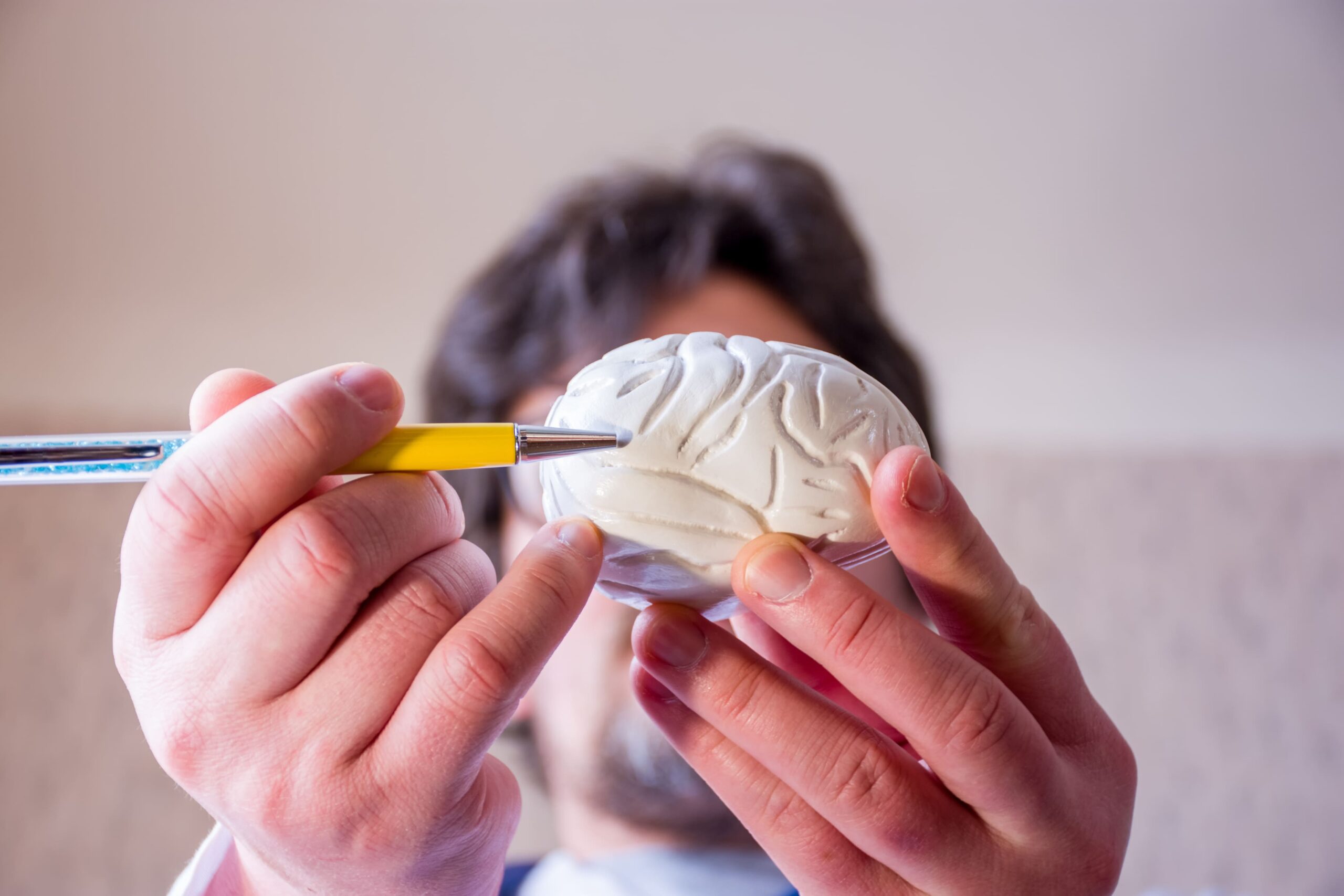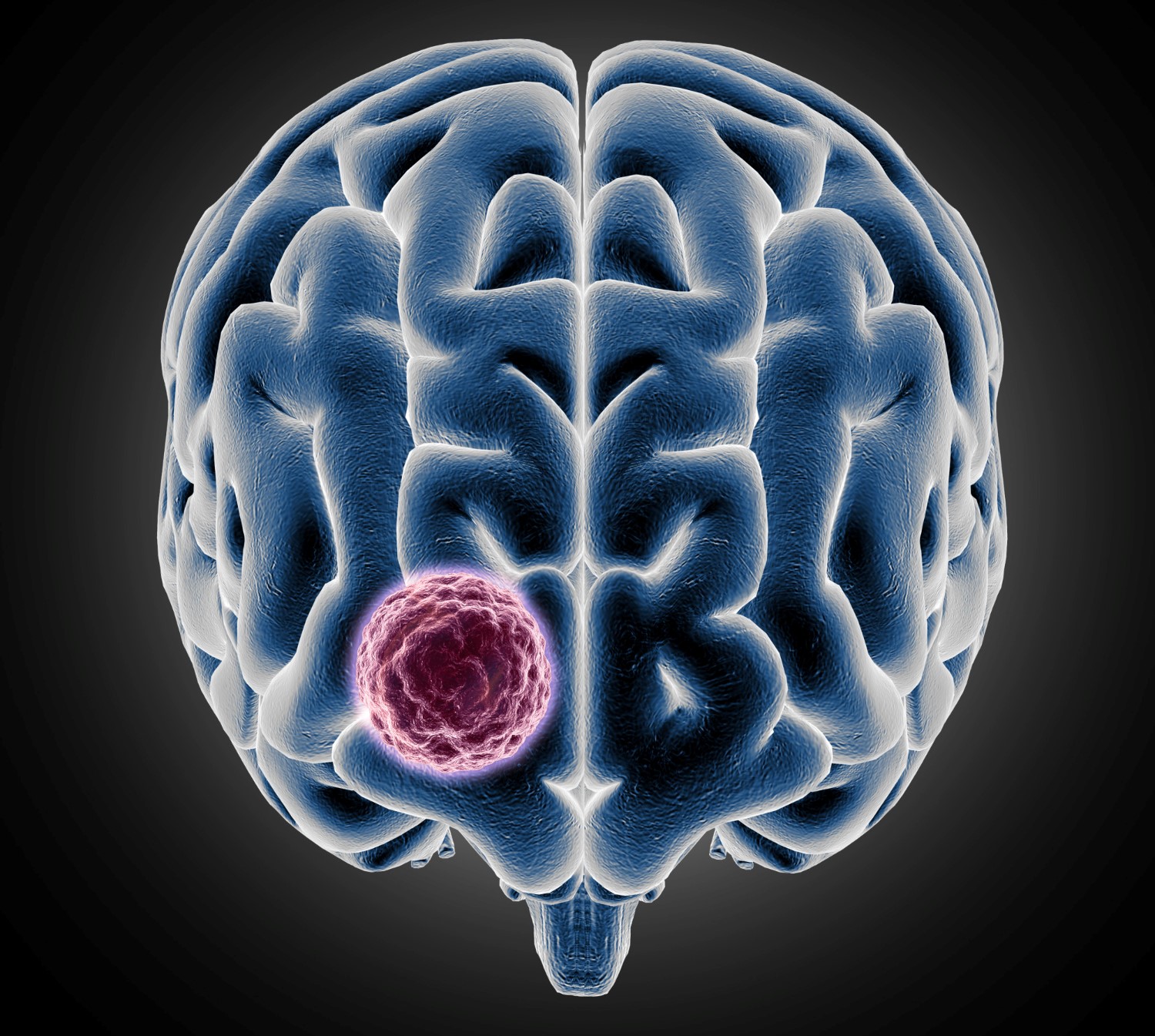What is Moyamoya Disease
Moyamoya disease is a rare, chronic cerebrovascular disorder characterised by progressive stenosis, or narrowing, of the arteries at the base of the brain. This narrowing leads to the development of small, fragile vessels that form a network that appears similar to a “puff of smoke” (moyamoya in Japanese) on cerebral angiography. These newly formed vessels are often inadequate, leading to reduced blood flow to the brain. Moyamoya disease can affect individuals of any age, but it primarily presents in two age groups: children around the age of 10 and adults in their 30s and 40s. The aetiology of Moyamoya remains largely unknown, although genetic factors are believed to play a role. Common symptoms include transient ischemic attacks (TIAs), strokes, seizures, and cognitive impairment, depending on the severity and progression of the disease.
Surgical Treatment Strategies
Surgical intervention is aimed at improving cerebral blood flow and reducing the risk of stroke. The choice of surgical technique depends on the extent of the disease, age, and overall health.
Direct Revascularization Procedures
These procedures involve creating a direct bypass between a donor artery outside the brain and a recipient artery within the brain. The goal is to increase blood flow to the affected areas.
- Superficial Temporal Artery to Middle Cerebral Artery (STA-MCA) Bypass: This is the most common direct method. It involves connecting a scalp artery (superficial temporal artery) directly to a brain artery (middle cerebral artery) to increase blood flow to the brain.
- Other Direct Bypass Techniques: Depending on the patient’s anatomy and the affected areas of the brain, other direct bypass procedures may be considered.
Indirect Revascularization Procedures
These procedures involve laying vessels, such as arteries, muscles, or other tissues, on the brain surface. It does not immediately establish a direct blood flow to the brain but promotes the growth of new blood vessels over time.
- Encephaloduroarteriosynangiosis (EDAS): In this procedure, a scalp artery is laid on the surface of the brain. Over time, this promotes the growth of new blood vessels.
- Encephalomyosynangiosis (EMS): This involves placing a muscle graft on the brain’s surface to encourage new vessel formation.
- Other Indirect Techniques: Techniques such as encephalogaleo (periosteal) synangiosis and multiple burr hole surgery are also used.
Combined Revascularization
Combining direct and indirect techniques can be beneficial in certain cases to maximise cerebral blood flow.
Post-Surgical Management and Care
Post-surgical care focuses on monitoring for complications and promoting recovery. This includes close observation for signs of bleeding or stroke, managing pain, and ensuring proper wound care. Rehabilitation through physical and occupational therapy can help address any motor or cognitive impairments. Medication management, particularly antiplatelet therapy, can also help prevent blood clots. Regular follow-up appointments are necessary to monitor the effectiveness of the surgery and any changes in the patient’s condition.
Monitoring and Managing Complications
Effective management of Moyamoya disease involves monitoring for complications, both in the immediate postoperative period and over the long term.
Stroke Prevention
Regular neurological assessments can help detect early signs of reduced blood flow or mini-strokes. Medications like aspirin can be used to lower the risk of blood clots and strokes.
Monitoring for Surgical Complications
Regular check-ups and imaging studies can aid the early identification and management of potential surgical complications, which include infection and bleeding. In some cases, surgery can cause conditions like cerebral hyperperfusion syndrome, where there is an abrupt increase in blood flow to previously restricted areas of the brain. This requires immediate attention.
Cognitive Rehabilitation
Regular evaluations can identify any decline in cognitive abilities and implement timely interventions. For those experiencing cognitive impairments, therapies focused on memory, executive functioning, and attention can be beneficial. For patients experiencing seizures, continuous monitoring and adjustment of anticonvulsant medications are necessary.
Daily Management Strategies
Lifestyle and dietary choices play a role in the long-term management of Moyamoya disease. These considerations aim to promote overall health and reduce risk factors associated with the condition.
Balanced Diet
A diet rich in fruits, vegetables, whole grains, lean proteins, and healthy fats supports vascular health. Nutrient-dense foods provide vitamins and minerals, which are necessary for maintaining optimal bodily functions. Reducing the intake of saturated fats, cholesterol, and sodium can help manage blood pressure and cholesterol levels, thereby reducing the risk of stroke.
Hydration
Adequate hydration helps maintain blood volume and viscosity. Patients are encouraged to drink sufficient water throughout the day to prevent dehydration, which may exacerbate the symptoms.
Physical Activity
Regular exercise, tailored to the individual’s capabilities and health status, can improve cardiovascular health and overall well-being. Activities should be chosen carefully to avoid excessive strain, especially in patients with physical limitations or those at risk of bleeding.
Avoidance of Smoking and Alcohol
Avoid smoking, as smoking can exacerbate vascular problems. Alcohol consumption should also be limited, as excessive alcohol can affect blood pressure and overall health.
Stress Management
Chronic stress can negatively impact cardiovascular health. Stress-reducing activities such as mindfulness, meditation, yoga, or other relaxation techniques can be beneficial.
Regular Sleep Patterns
Adequate and regular sleep is necessary for neurological health. Patients should aim for consistent sleep schedules and ensure good sleep hygiene.
Conclusion
Moyamoya disease is a complex condition requiring long-term management. Accurate diagnosis, timely surgical intervention, and comprehensive post-surgical care can improve patient outcomes. Lifestyle modifications and ongoing medical monitoring play roles in effectively managing the disease. With a coordinated care approach, individuals with Moyamoya can lead fulfilling lives despite the challenges posed by this condition.




